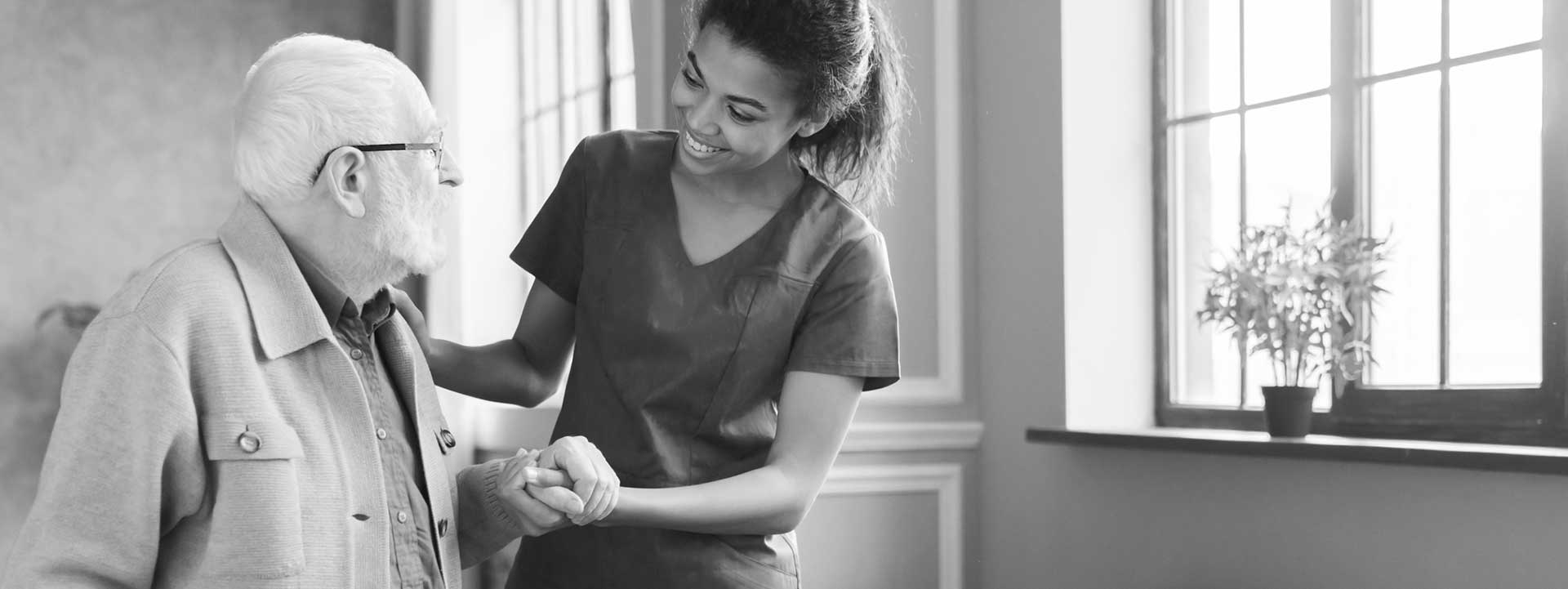What the Longest-Lived People are Doing Differently Than Most

Have you watched the top 10 trending Netflix Documentary, 100: Secrets of the Blue Zones featuring decades of research by author Dan Buettner? Like most Americans, you are probably curious about the aging process as it relates to you and elderly family members in your care. Is living past 100 truly attainable in America? After all, “For the first time in two centuries, the current generation of children in America may have shorter life expectancies than their parents,” as published by the New York Times in March 2023.
Exploring what sets global centenarians apart from the rest of us may be the answer we have been looking for. Anti-aging campaigns want us to believe that the formula for a long life is found in the consuming of products like supplements and sports equipment. And as the name ‘anti-aging’ implies, there is a negative stigma associated with aging in the U.S. Fear is the driving force that has Americans shelling out more than $150 billion a year to prevent aging. 100: Secrets of the Blue Zones shares with us a radically different model of aging that is organic, reverrant, and honors the gift and beauty of aging.
What can we do to live longer while maintaining health and vitality? Blue Zones research has created three main categories to define the main attributes of centenarian lifestyles. The categories include nutrition, natural movement/exercise, and social connection. The documentary interviewed and followed centenarians from several countries including Okinawa, Japan, Sardinia, Italy, the Nicoya Peninsula of Costa Rica, the Greek Island of Ikaria. Here in the U.S. the city of Loma Linda in Southern California also made the Blue Zone list. Here’s what these diverse centenarians have in common:
Table of Contents
NUTRITION
Centenarians from Blue Zones commonly ate unprocessed, fresh food which was primarily vegetarian. Most ate less than 5% meat and animal products including dairy. The typical Okinawa centenarian diet, for example, consists of less than 1% meat and dairy, and included an intake of 25% tofu and 60% purple sweet potato. In Loma Linda the Seventh Day Adventist church, to which most centenarians belong, promotes a vegetarian diet and reports that residents eat less than 5% meat and animal products according to Buettner’s research. In summary, all 7 blue zone centenarians ate primarily fresh, unprocessed foods with very little meat and dairy consumption.
NATURAL MOVEMENT/EXERCISE
In the U.S.the for-profit, physical fitness industry dominates how we define exercise. Gyms and health clubs are on every corner, and in-home, virtual sports equipment like Peloton can be found in 2.33 million households. Americans usually associate fitness with designated exercise time built into busy days. Blue Zone centenarians were found to incorporate natural movement in their daily routines as opposed to designated exercise. For example, in Sardinia, Italy centenarians walk up and down the steep hills of their town multiple times per day. They walked to attend church, buy groceries, and visit family and friends. In Costa Rica, centenarians continued to work clearing and preparing fields for planting and harvest and stayed active throughout the day navigating tasks of daily living. In Okinawa, people sit on the floor to rest, eat, and socialize. Centenarians here are constantly sitting down on the floor and rising to complete tasks naturally strengthening and engaging their core. In essence, their fitness and physical strength came from participating in organic, daily life activities that engaged their bodies in movement and strength.
SOCIAL CONNECTION
The last common denominator shared by world centenarians was their focus on social connection which led to social well being and overall happiness. Across all Blue Zones, centenarians all engaged in social activities with family and friends on a daily basis. In Loma Linda residents gather daily to participate in exercise classes and most continue to participate in some form of community service. In Sardinia residents continued to cook for large family gatherings and were active in intergenerational social activities. In Okinawa, residents gather daily to talk, drink tea, and generally support one another through life. All shared rich interactions in community with others and were never isolated.
Ultimately, there was no one, concrete formula or recipe to living well past 100. All Blue Zones shared commonalities in the areas of nutrition, natural movement, and social interactions. Dan Buettner’s research concluded that living a long life can be constructed by paying attention to the natural rhythms of life, leaning towards eating unprocessed foods as much as possible, incorporating daily movement, and spending time in community with others.
KEY TAKEAWAYS
Eat unprocessed foods, vegetables and fruits, as much as possible.
Minimize meat and animal product consumption.
Incorporate rest and quiet reflection into your daily routine.
Keep moving – Participate in daily activities that encourage movement and engage core muscles.
Play sports or participate in an exercise class of interest.
Schedule time to spend with family and friends.
Stay involved in your community and participate in community service.





